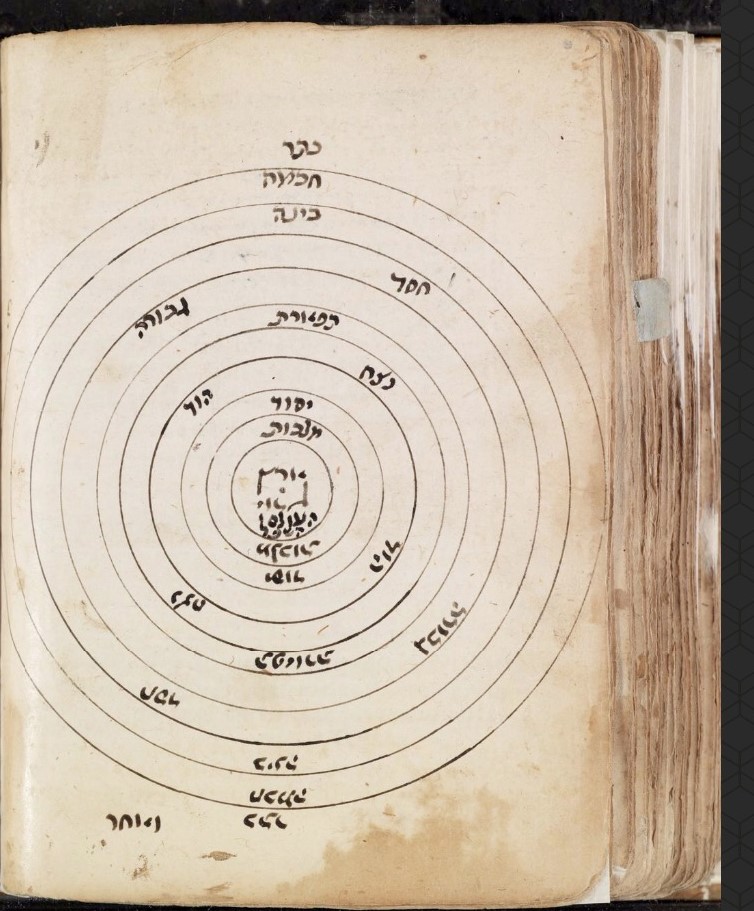
The medieval expression of Jewish esotericism known as Kabbalah is distinguished by its imaging of the divine as ten hypostatic sefirot that structure the Godhead and generate the cosmos. Since Gershom Scholem, the preeminent twentieth-century scholar of Kabbalah, declared the term sefirah (sg.) as deriving from “sapphire”—pointedly rejecting its connection to the Greek σφαῖρα—scholars have paid scant attention to the profound indebtedness of the visual and verbal lexicon of the kabbalists to the Greco-Arabic scientific tradition. The present paper seeks to redress this neglect through an examination of the appropriation of the diagrammatic-iconographical and rhetorical languages of astronomy and natural philosophy in medieval and early modern kabbalistic discourse. This study will place particular emphasis on the adoption-adaptation and ontologization of the dominant schemata of these most prestigious fields of medieval science by classical kabbalists, what it reveals about their self-understanding, and how it contributed to the perception of Kabbalah as a “divine science” well into the early modern period.
To read the article online (View HTML): https://bit.ly/2RxzLm7



